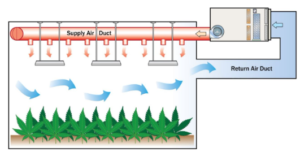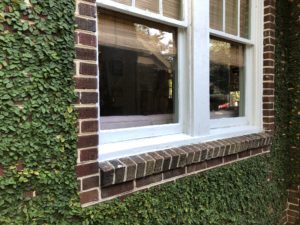In a reclaimed industrial building on the shore of Lake Michigan, crops of leafy greens are stacked 20 feet high and grown year-round with no soil or sunlight. Artesian Farms opened in New Buffalo in 2011, when vertical farming was not unheard of but was far from the growing, billion-dollar industry it is today.
Artesian Farms can produce more heads of lettuce in 500 square feet of a vertical farm than on an acre of land (43,560 square feet) outside, said CFO Keith Kudla. They also can harvest lettuce 17 times a year compared to only once or twice on outdoor farms in places like Michigan, which have shorter growing seasons.
In Michigan, children are more likely to face hunger than adults, and over 1 million people across the state are facing hunger, according to the nonprofit Feeding America. Detroit, Michigan’s largest city, is often called a “food desert,” and residents report leaving the city to find cheaper and fresher produce.
“Vertical farming operations are outstanding examples of how the state’s $104.7 billion food and agriculture industry is adapting through innovation to meet the needs of Michiganders while helping address the ongoing food insecurities across our state,” said Jennifer Holton, a representative for the Michigan Department of Agriculture and Rural Development. “Not to mention, this area of farming is ripe with opportunities for entrepreneurs to create a homegrown business right in their own communities.”
Read the complete article at www.eu.detroitnews.com.

